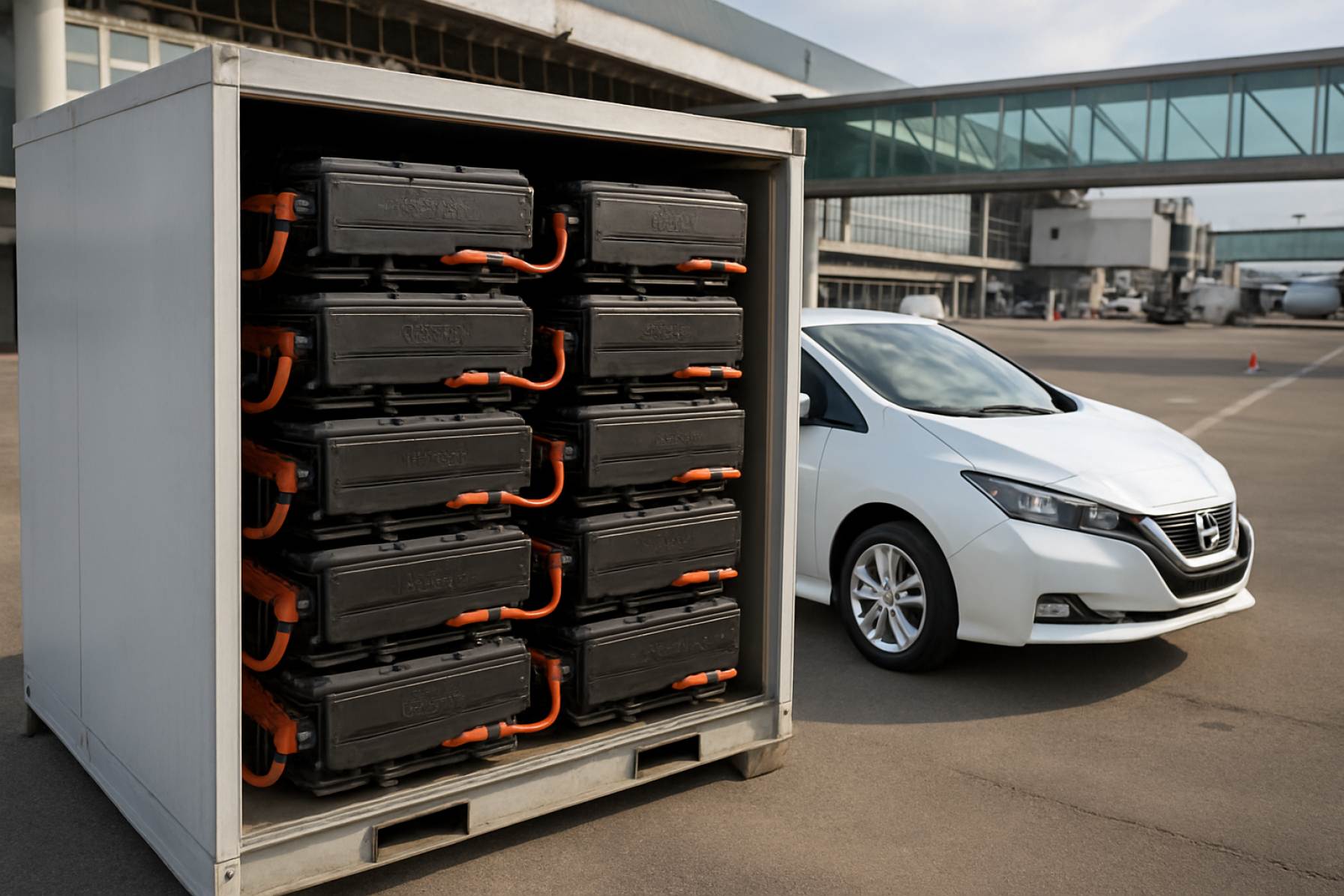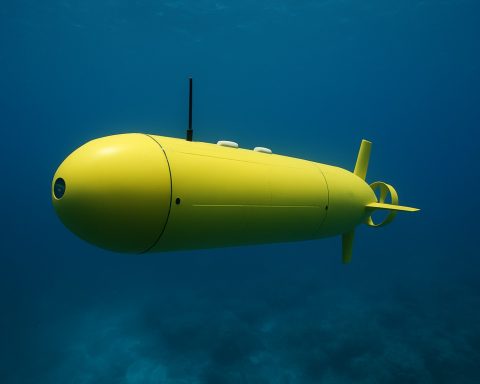Italy’s Fiumicino Airport leads the way with a cutting-edge green grid using 84 reused EV batteries—reshaping global energy trends for 2025.
- 84 repurposed Nissan Leaf batteries power airport’s energy storage
- 2.1 MWh of capacity from recycled EV batteries
- 31 GWh renewable electricity generated yearly from solar
- 2030 net-zero emissions target for the airport
Rome’s bustling Fiumicino Airport has just set a new standard for sustainable travel. This Italian megahub integrated 84 recycled Nissan Leaf batteries into its advanced grid, supercharging both clean energy and climate ambitions.
These batteries—originally used in high-mileage Nissan EVs—have been refitted and installed in one of Europe’s first large-scale airport battery energy storage systems (BESS). The effort adds remarkable muscle to the airport’s 10 MWh storage setup, now a flagship project for the transition to net-zero aviation.
How Does This Battery Storage Work?
At the heart of the upgrade, Nissan delivered both Generation 3 and Generation 4 Leaf batteries to leading systems integrator Loccioni. The recycled packs—formerly powering city cars—now store excess energy from Fiumicino’s sprawling solar farm.
With 55,000 solar panels churning out 31 gigawatt-hours of green electricity per year, the new system stores surplus solar power. This means terminals stay powered by the sun—even at night or during cloudy Italian afternoons.
The project runs in partnership with energy powerhouse Enel and receives funding from key EU Innovation initiatives.
Q: Why Use Second-Life EV Batteries?
The genius lies in upcycling. After years in cars, the batteries still have years of productive life. Researchers estimate six to seven more years of daily service at the airport. Once finished, Nissan ensures the packs are responsibly recycled—delivering on true cradle-to-cradle stewardship.
Repurposing these batteries cuts waste dramatically and slashes the environmental impact of EV technology. It also creates a new revenue stream and resources for both the automotive and energy sectors.
Can This Technology Go Beyond Airports?
Absolutely. Nissan is expanding these second-life battery systems across Europe, with installations already in Spain and more on the way. The company even eyes home energy storage and emergency backup as next steps—helping households weather power outages sustainably.
Visionaries behind the project say this is a pivotal bridge: connecting clean mobility with a resilient, green energy future.
How Can Airports Around the World Copy Rome’s Success?
Any airport can take cues from this project:
– Tap into end-of-life EV batteries from local fleets.
– Pair storage with solar or wind generation.
– Work with leading energy firms like Nissan and Enel on integration and warranties.
– Tap funding from government innovation or climate funds.
– Prioritize long-term tracking and responsible recycling.
What’s Next for Clean Energy and Airports in 2025?
With global events pushing travel demand higher, airports everywhere are desperate for smarter, greener solutions. Expect rapid growth in battery reuse, more solar mega-projects, and greater partnerships like this one.
Ready to help accelerate aviation’s green future? Here’s your checklist for airports and energy leaders:
Actionable Summary:
– Assess local EV battery supply potential.
– Partner with vehicle and energy innovators.
– Secure green funding and policy support.
– Design for full life-cycle battery care and recycling.
– Educate teams and the public about energy storage’s benefits.
Join the revolution: Power your operations with the energy of tomorrow—today.









